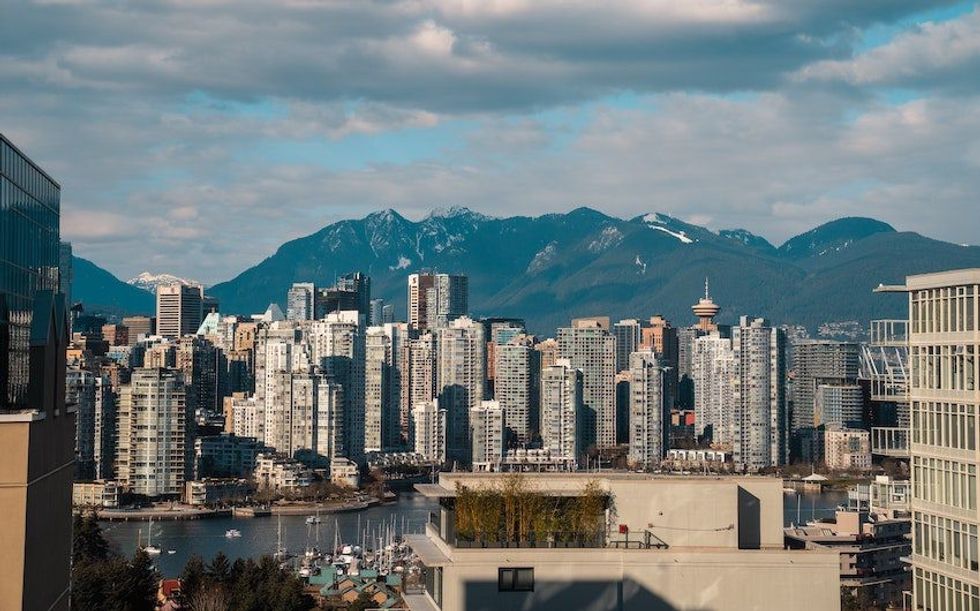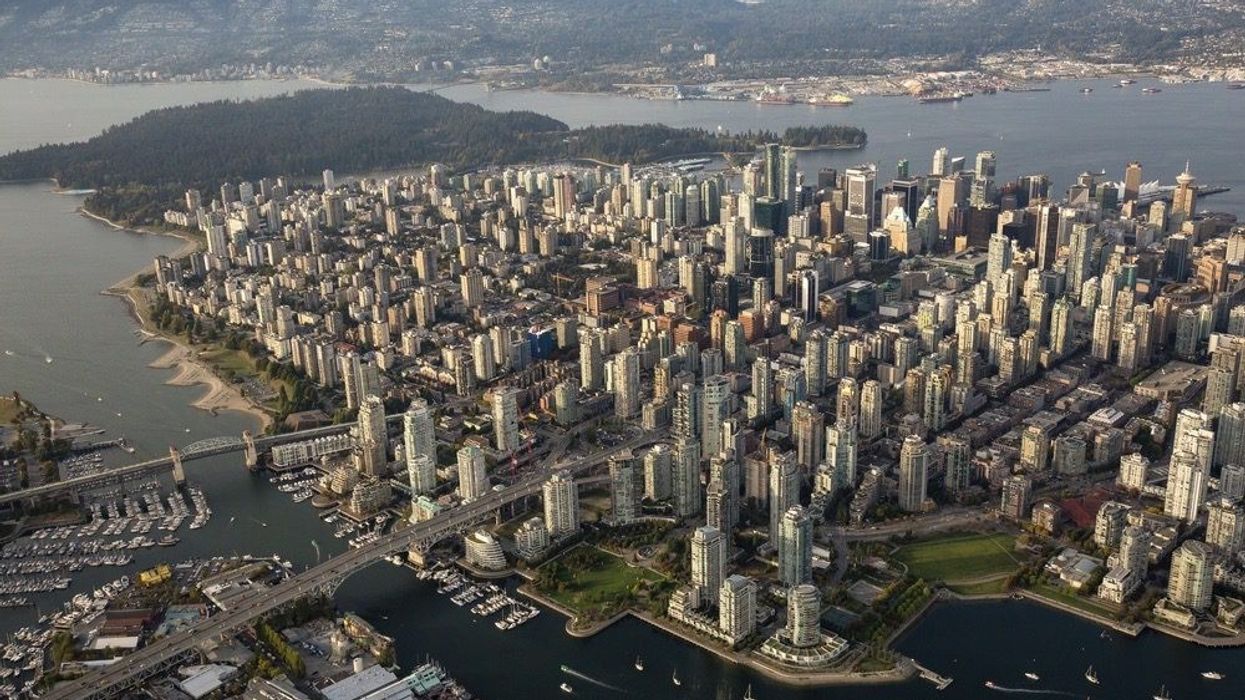Downtown Vancouver will see a major transformation in the coming decades.
The City of Vancouver officially approved the much buzzed-about -- and highly controversial -- Broadway Plan. The plan, approved by council on June 22, 2022, will transform 485 city blocks within the area from Vine Street to Clark Drive and 1st Avenue to 16th Avenue. This will include the Kitsilano, Fairview, and Mount Pleasant neighbourhoods.
And it’s a massive undertaking.
The goal of the 30-year Broadway Plan is to address the looming housing crisis, economic growth and the climate emergency by creating denser, walkable neighbourhoods with new market and rental housing, jobs, and amenities around the SkyTrain line.
Most notably, it will include 30,000 new homes, increased protection for tenants, and new space created for 42,000 jobs and potentially up to 126,000 jobs in the infamously pricey city.
Currently, neighbourhoods in the area currently house 78,000 residents (or 12% of Vancouver’s population), of which 30,000 are renters; and 25% of Vancouver’s purpose-built rental housing. The City forecasts the area will grow in the next 30 years by 50,000 residents to 128,000 residents from the current 78,000; and 42,000 to 126,000 jobs from the current 84,000 jobs.
Of the 30,000 new homes, 34% will be market strata, 46% will be market rentals; 12% will be social housing; and 7% will be below-market rentals. The plan allows for mixed-use developments up to 40 storeys near new subway stations. Smaller, aging rental buildings can be replaced by residential towers up to 20 storeys.

When it comes to renter protections, to help tenants stay in their neighbourhoods at affordable rents, existing tenants displaced by the plan will have the right of first refusal to live in redeveloped buildings with new homes; and the right to return at their current rent or a 20% discount on city-wide average market rents, whichever is less.
Of the some 42,000 jobs, many will be generated through the preservation and enhancement of the current shopping areas on West 4th Avenue, South Granville, and Main Street.
Parks, libraries, art, and culture are front and centre. The plan provides $1B during the first 10 years, including: $96M for new or enhanced parks; funding for Vancouver’s first blue green system with a network of connected park-like streets that manage water and protect the ecosystem; funding for 400 new or renewed childcare spaces; funding for an expansion of the Firehall Library and Mount Pleasant Neighbourhood House; and funding for arts, cultural, and music spaces. Furthermore, bike lanes will be strengthened along Kingsway, Fraser Street, 10th Avenue, and Seaside Green.
While the initiative sounds great in theory, some housing experts worry that the Broadway Plan could come with a slew of other issues.
Most everyone agrees that more density is needed for a growing city, especially around transit hubs and along the busy Broadway corridor commercial district. What’s up for debate is the amount, and the form, that the density takes as it moves into lower density areas. Upzoning these areas for massive towers could put the fabric of the existing renter neighbourhoods at jeopardy of being destroyed. Some experts also feel that the big winners in the transformation will be developers.
Like it or hate it, the plan is now a reality. And the one thing everyone can agree on is that it will change downtown Vancouver, as we know it.





















